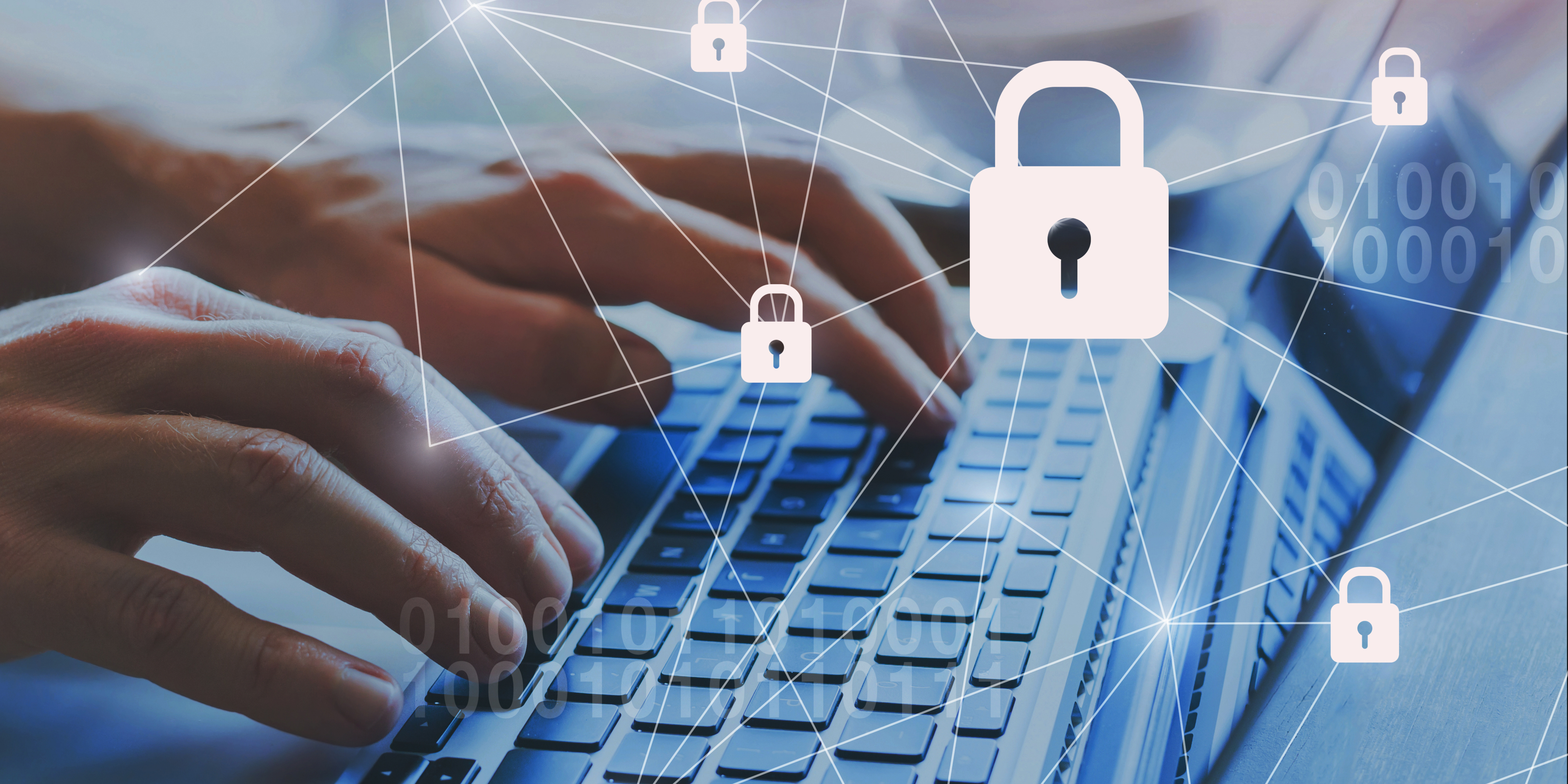Safegaurding Your Call Center: Data Privacy, Security, Accessibility

Security is paramount when integrating third-party technology into a call center environment. NexTalk prioritizes data privacy and security, offering robust encryption measures for data transmission and storage. With NexTalk's secure APIs, call centers can confidently exchange information while protecting against unauthorized access and data breaches. NexTalk's continuous support and maintenance ensure that security measures remain up-to-date, alleviating any concerns about potential vulnerabilities.
In an increasingly digital world, call centers are often the front lines of customer service and data management. Customer interaction introduces the risk of data breaches, unauthorized access, and fraud. Protecting sensitive customer information has never been more critical. However, call centers are not just about data protection; they must also be inclusive, offering services that cater to all customers, including those with hearing impairments. This post explores how to safeguard your call center by focusing on data privacy, security, and accessibility.
Understanding the Risks
Exposing Customer Information: The Ripple Effect
When data breaches occur in one sector, they can impact many others, including call centers. According to the Identity Theft Resource Center (ITRC) and CyberScout1, in 2017 more than half of reported data breaches involved Social Security Numbers, affecting about 158 million records. Such breaches can ripple into call centers, jeopardizing the very personally identifiable information (PII) used to authenticate callers.
Internal Threats: Rogue Insiders
Call center employees can pose risks, either intentionally or inadvertently. A 2015 McAfee report2 noted that 43% of data breaches resulted from internal actors, half of which were accidental.
External Threats: Technology Vulnerabilities
With advancements in network and endpoint security, criminals have shifted their focus to phone channels to obtain sensitive information. According to Pindrop3, the evolution of security technology has driven fraudsters toward newer methods of stealing data, directly affecting call centers.
Strengthening Call Center Security
Adopt Secure Technologies
Secure technologies like dual-tone multi-frequency (DTMF) masking can replace traditional question-and-answer processes, offering a more secure way of entering sensitive information.
Encrypt Data
Data encryption is a must for protecting information both in transit and at rest. Role-based access controls can further minimize exposure to potential breaches.
Regular Penetration Testing
Frequent penetration tests can help identify vulnerabilities, allowing your security team to fortify your defenses proactively.
Proactive Security Measures
Security software and firewalls explicitly designed for VoIP connections can combat telephony denial-of-service (TDoS) attacks, preserving operations and customer data.
Enforce Access Controls
Strong access controls, software updates, antivirus protections, and staff training on social engineering can significantly enhance data security.
Multi-Factor Authentication (MFA)
Implementing MFA improves security while enhancing customer experience. By integrating risk-based authentication and role-based access, the right security levels can be assigned to various user roles.
Consequences of Ignoring Data Privacy and Security
Ignoring data privacy and security can lead to reputation damage, regulatory penalties, loss of business, and high staff turnover. Therefore, it's essential to invest in proper security measures and protocols.
Best Practices for Third-Party Integration
-
Conduct Thorough Vendor Assessments: Before integrating any third-party technology, perform a comprehensive assessment focusing on security practices, certifications, track record, and reputation.
-
Implement Secure APIs: API security is vital for seamless, secure data exchange.
-
Adopt Strong Authentication Mechanisms: Utilize MFA or two-factor authentication (2FA) to bolster login procedures.
-
Encrypt Data Transmission and Storage: All transmitted data should be encrypted, as should sensitive data stored within third-party systems.
-
Set Granular Access Controls: Define role-based access to minimize unauthorized access risks.
-
Monitor and Audit Activities: Implement robust monitoring to track user activities and identify potential breaches.
-
Establish Service Level Agreements (SLAs): SLAs should include clauses related to data security and breach response.
-
Regular Security Assessments: Periodic penetration testing can help identify and address vulnerabilities.
-
Backup and Disaster Recovery: Robust backup measures are crucial for business continuity.
-
Employee Training: Employees should be well-versed in the new third-party technology, its security features, and best practices.
-
Data Retention and Deletion: Data should be securely stored and deleted when no longer needed.
Focusing on Accessibility
Beyond security, call centers must also prioritize accessibility for all customers, including those with hearing impairments. By integrating third-party TTY services and secure third-party technology, call centers can ensure they are inclusive and accessible, fostering positive customer relationships.
The Role of NexTalk in Call Centers
NexTalk stands out as an exemplary model in third-party technology software. While NexTalk is an accessibility software for call centers to better serve Deaf and hard-of-hearing customers, the platform prioritizes robust encryption for data transmission and continuous support and maintenance to ensure up-to-date security measures. By opting for a solution like NexTalk, call centers can be confident in the privacy, security, and accessibility of their operations, contributing to a genuinely customer-centric environment.
By staying vigilant, continually assessing security protocols, and partnering with reliable third-party service providers like NexTalk to meet your accessibility needs, call centers can achieve a balanced approach to data security and accessibility, serving all customers effectively and securely.
References
1. Identity Theft Resource Center & CyberScout. (2017). Annual Data Breach Year-End Review.
2. McAfee. (2015). Grand Theft Data - Data Exfiltration Study.
3. Pindrop. Website


